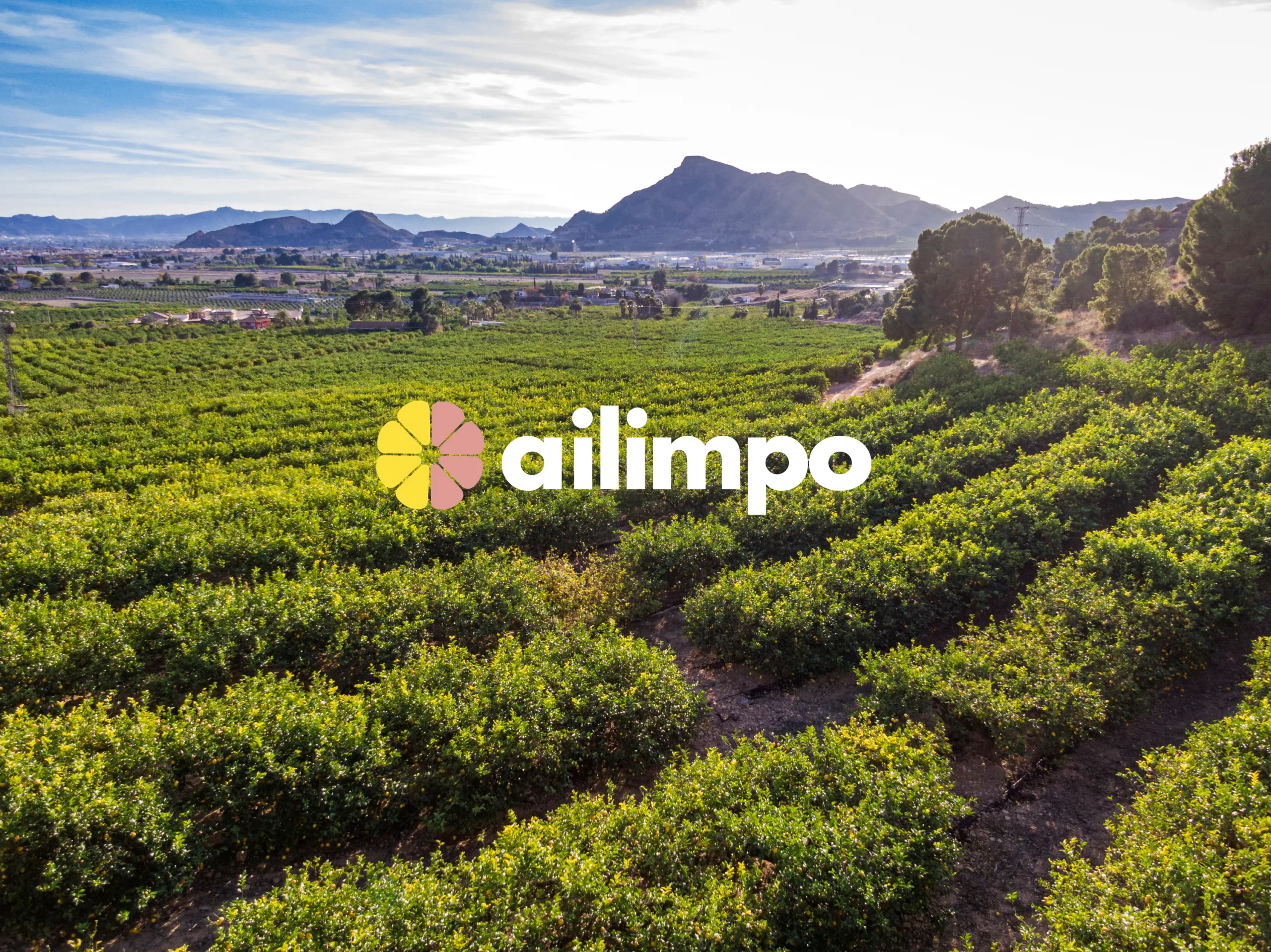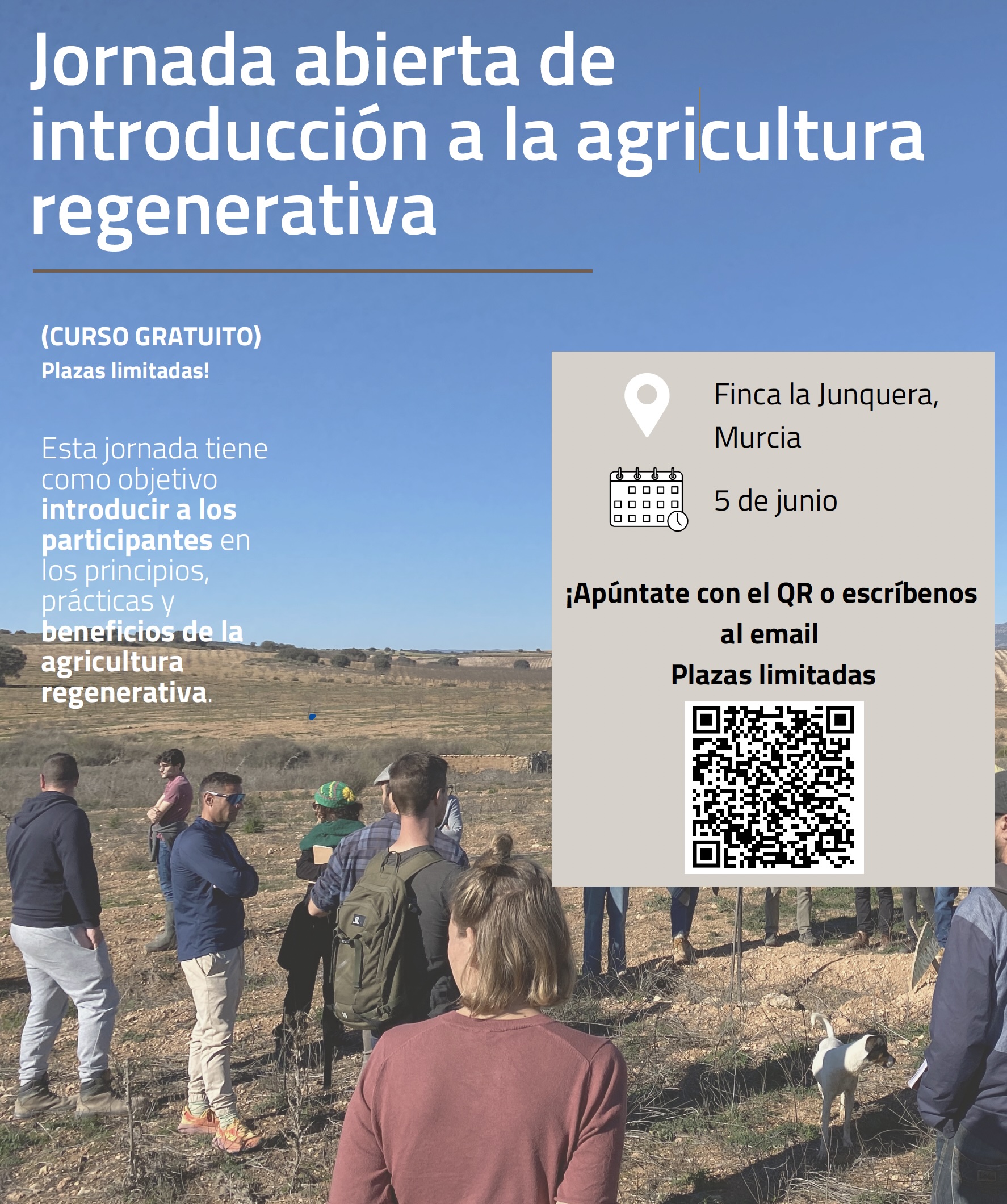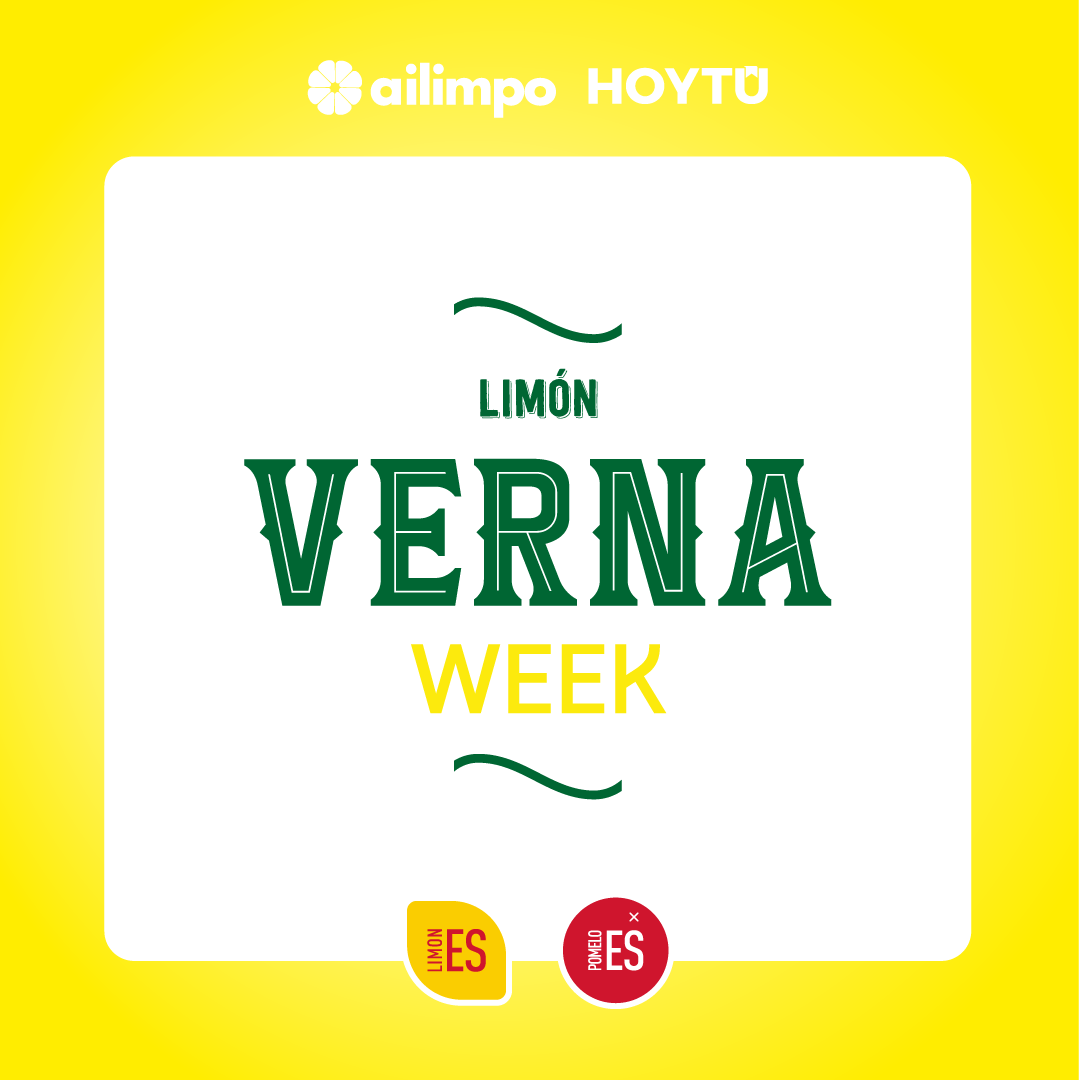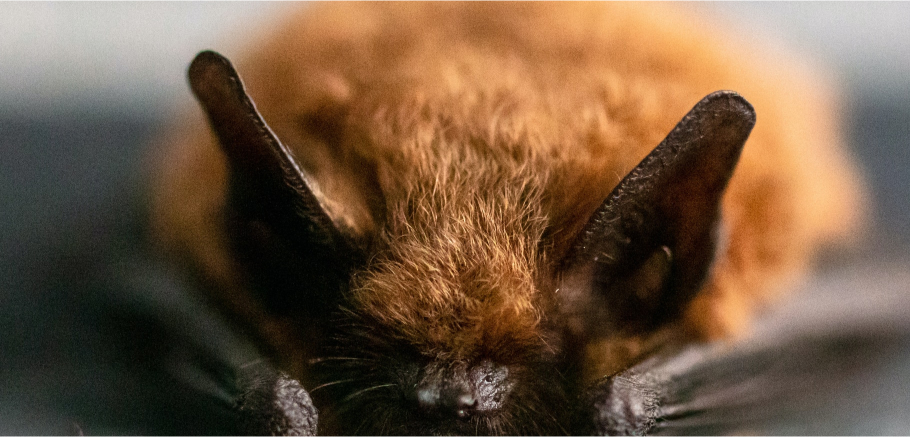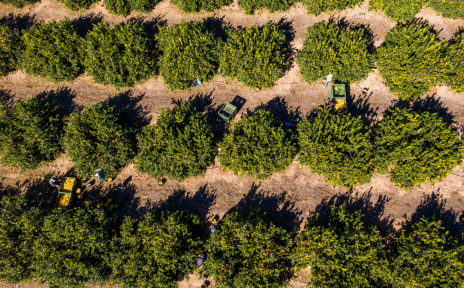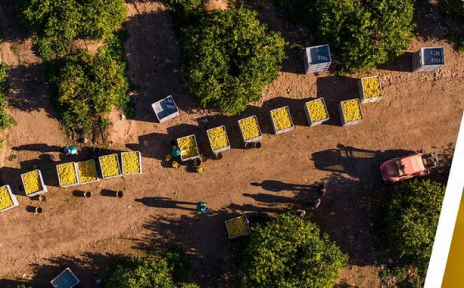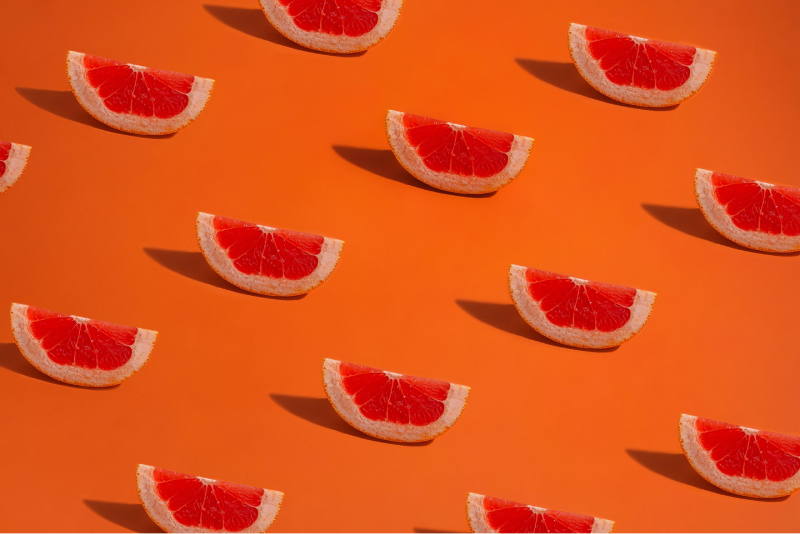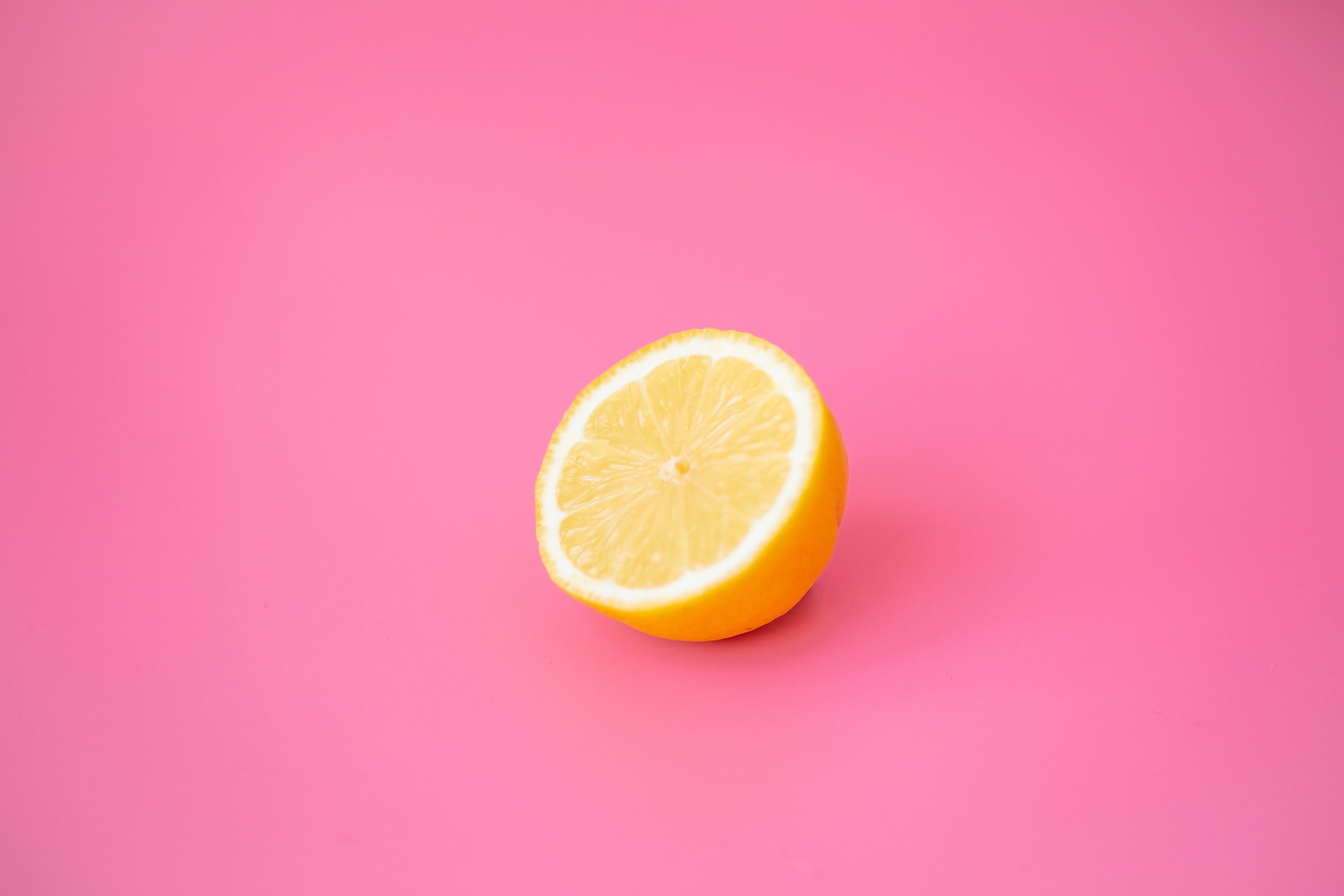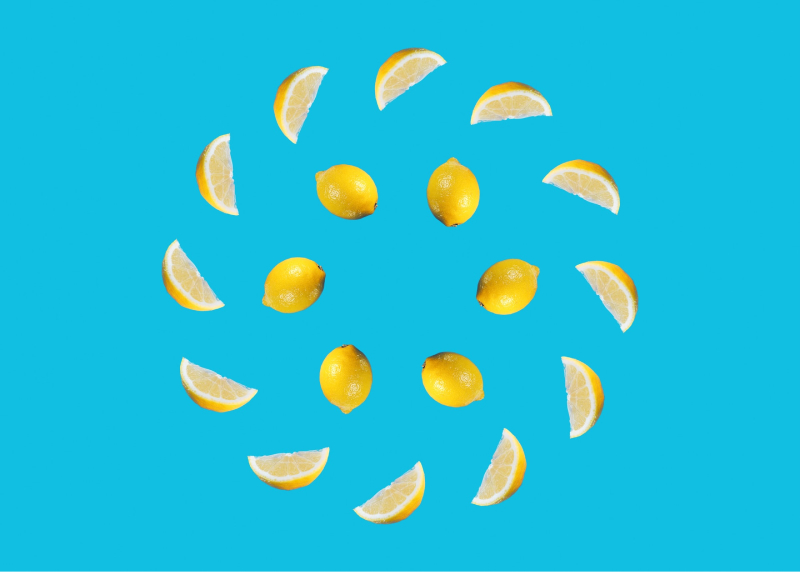¿Qué es Ailimpo?
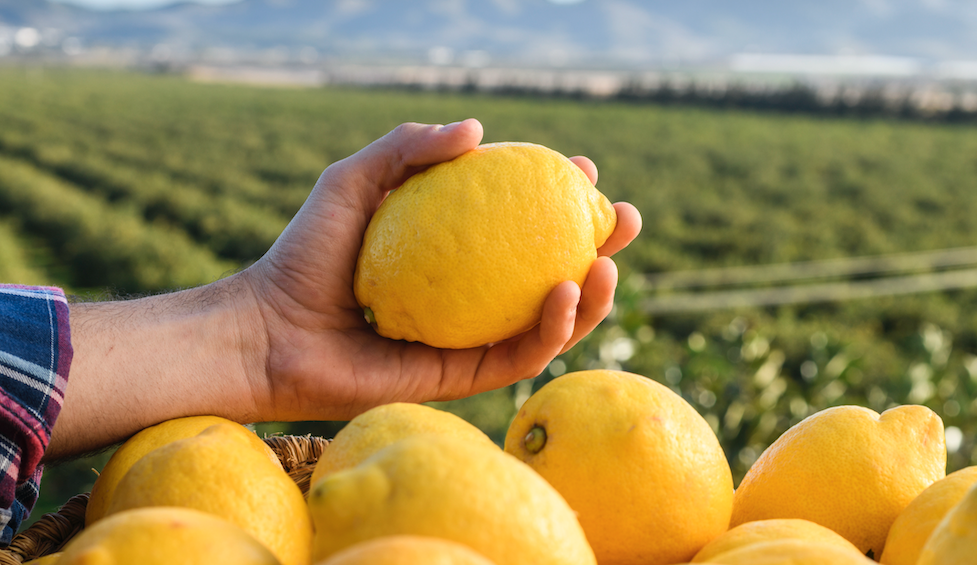
Ailimpo, la Asociación Interprofesional de Limón y Pomelo, se constituye como una organización que reúne a representantes de las actividades económicas vinculadas a la producción, al comercio y la transformación de limón y pomelo en España con la finalidad de conseguir la vertebración del sector y defender los intereses generales del mismo de forma que se favorezca el contacto y la cohesión de los productores, comerciantes, exportadores y transformadores de limón y pomelo de España.
Destacado del mes
Ya disponible AILIMPO Campo nº 46
«Proyecto AgriConCiencia. Mejores prácticas agrícolas para reducir el impacto sobre el Mar Menor.»
Ver más


